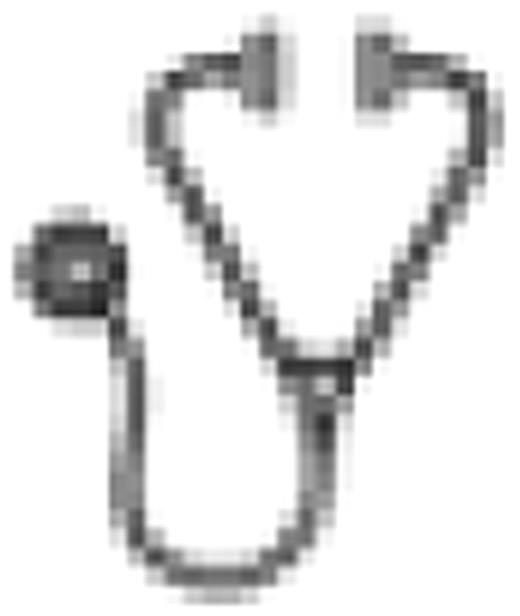Abstract
High cellular turnover and inflammation are associated with the development of malignancy. Both conditions exist in sickle cell disease (SCD). We used a population-based epidemiological approach to determine the incidence of hematological malignancy in patients with SCD.
The California (CA) Office of Statewide Healthcare Planning and Development (OSHPD) operates a Patient Discharge Dataset (PDD) and Emergency Department Utilization (EDU) dataset that records the discharge diagnoses and procedures for all non-federal hospitalizations or ED visits in CA. Cases coded as SCD (282.60, 282.61, 282.62, 282.63, 282.68, 282.69, 282.41, 282.42) from 1991–2007 (PDD) or 2005–2007 (EDU) were found. Cases were excluded if the SCD code did not appear in the principal position and appeared in the secondary diagnosis position only once; or age < 2 years (lacked social security number for linkage). These cases were then linked to the California Cancer Registry (CCR) to determine cases with leukemia, myeloma, or lymphoma (including Hodgkin). Standardized incidence ratios (SIR) were calculated. Sensitivity analysis was also performed to determine the effect of doubling the CA SCD population on SIR.
There were 46 total cases of hematological malignancies identified: 25 females and 21 males. Fifty nine percent of the SCD patients with hematological malignancies were ages 30–59 years. The cohort was 78% Black, 11% White, 7% Hispanic, and 4% Asian.
| . | Observed Cases . | Expected Cases . | 95% CIa . | SIR . | 95% CI . | ||
|---|---|---|---|---|---|---|---|
| LL . | UL . | LL . | UL . | ||||
| All Hematopoietic | 46 | 1.2 | 33.7 | 61.4 | 37.9 | 27.7 | 50.5 |
| Lymphomas | 18 | 0.7 | 10.7 | 28.5 | 25.2 | 15 | 39.9 |
| Myeloma & CLL | 8 | 0.2 | 3.5 | 15.8 | 47.7 | 20.6 | 94 |
| Acute leukemia | 11 | 2.4 | 5.5 | 19.7 | 45.7 | 22.8 | 81.7 |
| . | Observed Cases . | Expected Cases . | 95% CIa . | SIR . | 95% CI . | ||
|---|---|---|---|---|---|---|---|
| LL . | UL . | LL . | UL . | ||||
| All Hematopoietic | 46 | 1.2 | 33.7 | 61.4 | 37.9 | 27.7 | 50.5 |
| Lymphomas | 18 | 0.7 | 10.7 | 28.5 | 25.2 | 15 | 39.9 |
| Myeloma & CLL | 8 | 0.2 | 3.5 | 15.8 | 47.7 | 20.6 | 94 |
| Acute leukemia | 11 | 2.4 | 5.5 | 19.7 | 45.7 | 22.8 | 81.7 |
. Confidence Interval (CI) for observed cases based on expected count
LL= Lower Limit; UL= Upper Limit
All SIRs significant at p≤ 0.05
The remaining cases had chronic myelogenous leukemia (n=4) and other leukemia not otherwise specified (n=5). Limiting analysis to only Non-Hispanic Blacks did not appreciably change the SIR estimates. Even if the SCD population was underestimated by half, sensitivity analysis showed the observed cases would yield an SIR for all hematopoietic malignancies of 19 (95% CI 14–25). The individual sub-type SIR would also still range from 13–24 and all would be statistically significant.
The CA SCD cohort had elevated SIR for hematological malignancies suggesting higher incidence in this population. Limitations include those inherent in query of any large administrative dataset. However, our SCD population estimate is consistent with that of others and the CCR has validated robust tumor data. Current efforts to develop a US registry for SCD patients should include tracking for hematological, and perhaps all malignancies. Further studies using independent datasets are important to confirm these provocative findings.
Wun:Glycomimetics, Inc.: Research Funding; Eli Lilly, Inc.: Research Funding.

This icon denotes a clinically relevant abstract
Author notes
Asterisk with author names denotes non-ASH members.

This feature is available to Subscribers Only
Sign In or Create an Account Close Modal